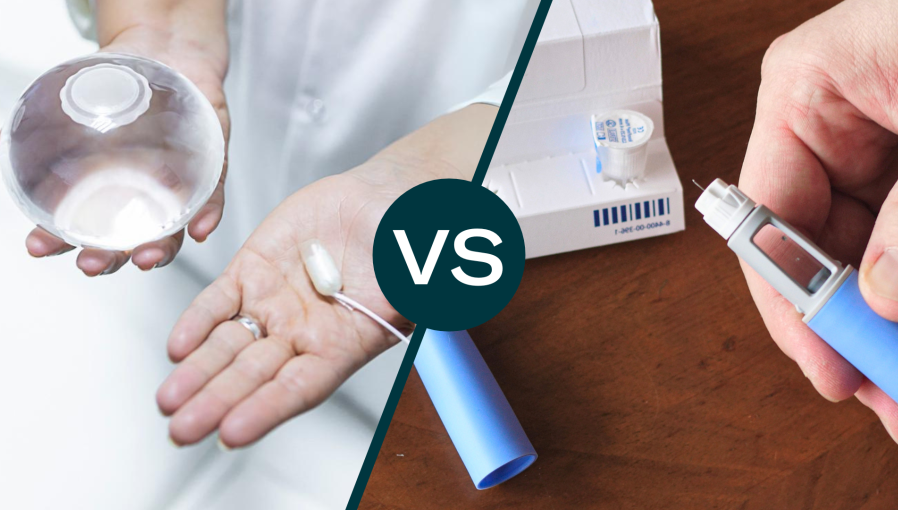How To Lose Fat While Minimizing Muscle Loss

Starting a weight loss journey can often be a complex challenge that requires careful and consistent efforts to ensure that your weight loss is healthy AND sustainable.
One critical aspect to achieving that, and the focus of this article, is to ensure that you’re maximizing your fat loss while preserving your lean body mass (LBM). LBM is the weight of everything in the human body except for fat and preserving it is vital to healthy weight loss and long-term maintenance of a healthy weight. It plays a crucial role in maintaining your basal metabolic rate, supporting overall health, and maximizing fat loss.
Unfortunately, some weight loss methods may inadvertently lead to muscle and bone loss, which can ultimately be counterproductive to achieving long-term weight loss success. For example, the use of medications such as Ozempic, while effective for some individuals, may pose challenges in terms of muscle and bone preservation, especially in older adults. When you lose weight, especially if you're not consuming enough protein or engaging in resistance training, your body may break down muscle tissue for energy. This can be counterproductive because muscle tissue is metabolically active and helps to maintain a higher resting metabolic rate, which is beneficial for long-term weight management.
Here, we will explore the importance of preserving lean body mass during weight loss and dive into the Allurion Programme, a comprehensive approach to weight loss that prioritizes losing fat and preserving and optimizng your muscle.
Why is Lean Body Mass (LBM) so important for losing fat and weight loss?
When you lose weight through an energy deficit by dieting or eating less and exercising, the weight loss will come from both fat and fat-free mass ie. your lean body mass. Making sure you're losing fat mass effectively while preserving your lean body mass (LBM) is a vital step for better overall health and to achieve your weight loss goals in the short and long term.1 In short, your body composition matters! Why?
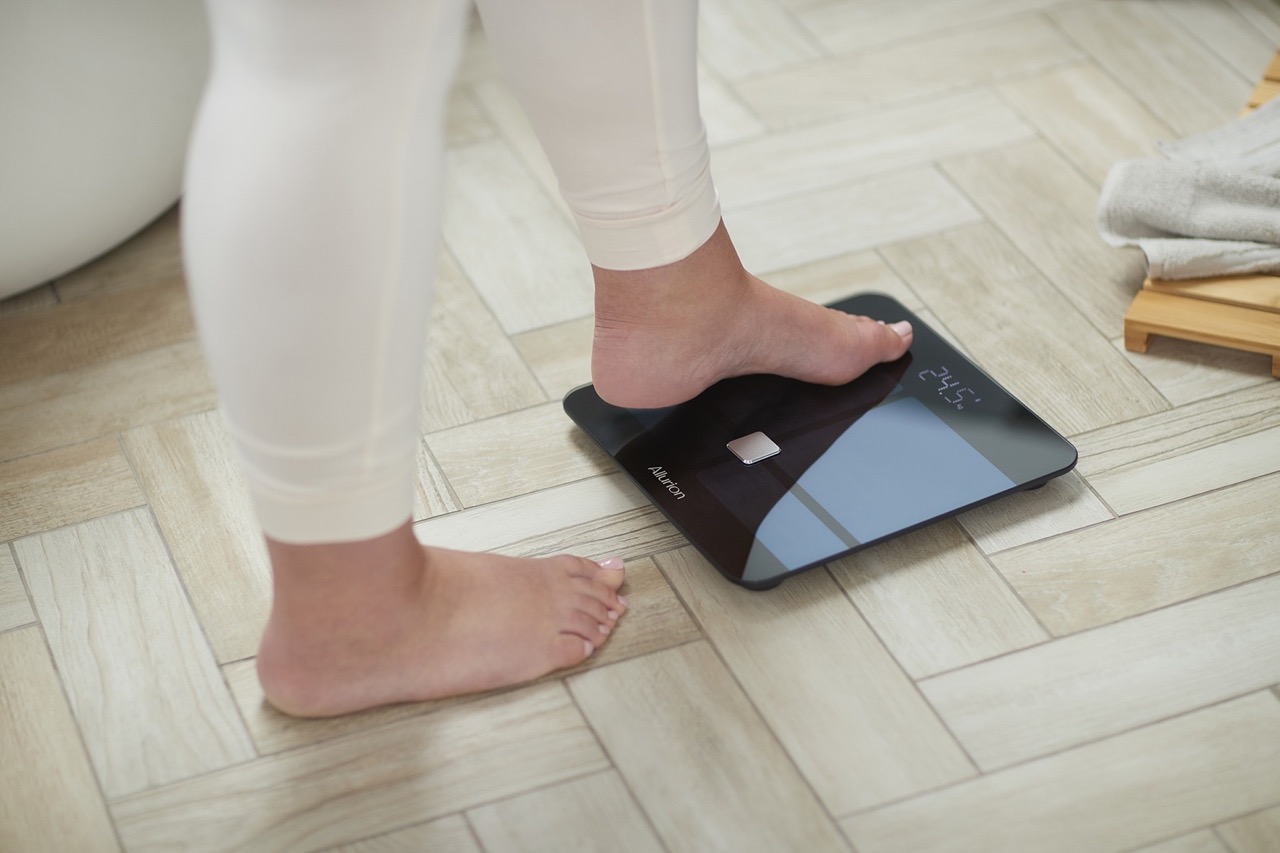
Your lean body mass affects your metabolism and your appetite
Lean body mass plays a pivotal role in setting your Basal Metabolic Rate (BMR) and Resting Metabolic Rate (RMR). BMR refers to the number of calories your body requires to perform essential functions while at rest. RMR is a little higher than BMR as it accounts for additional low-effort daily activities such as eating, walking, using the toilet, etc. Many people use the two terms interchangeably.
A higher lean body mass contributes to a higher BMR, thereby enhancing the body's ability to burn calories and lose weight effectively. In fact, your lean body mass contributes to about 70% of the variability in your RMR.2-4 So you can imagine how changes in your lean body mass can impact your initial weight loss, as well as weight loss maintenance down the road.
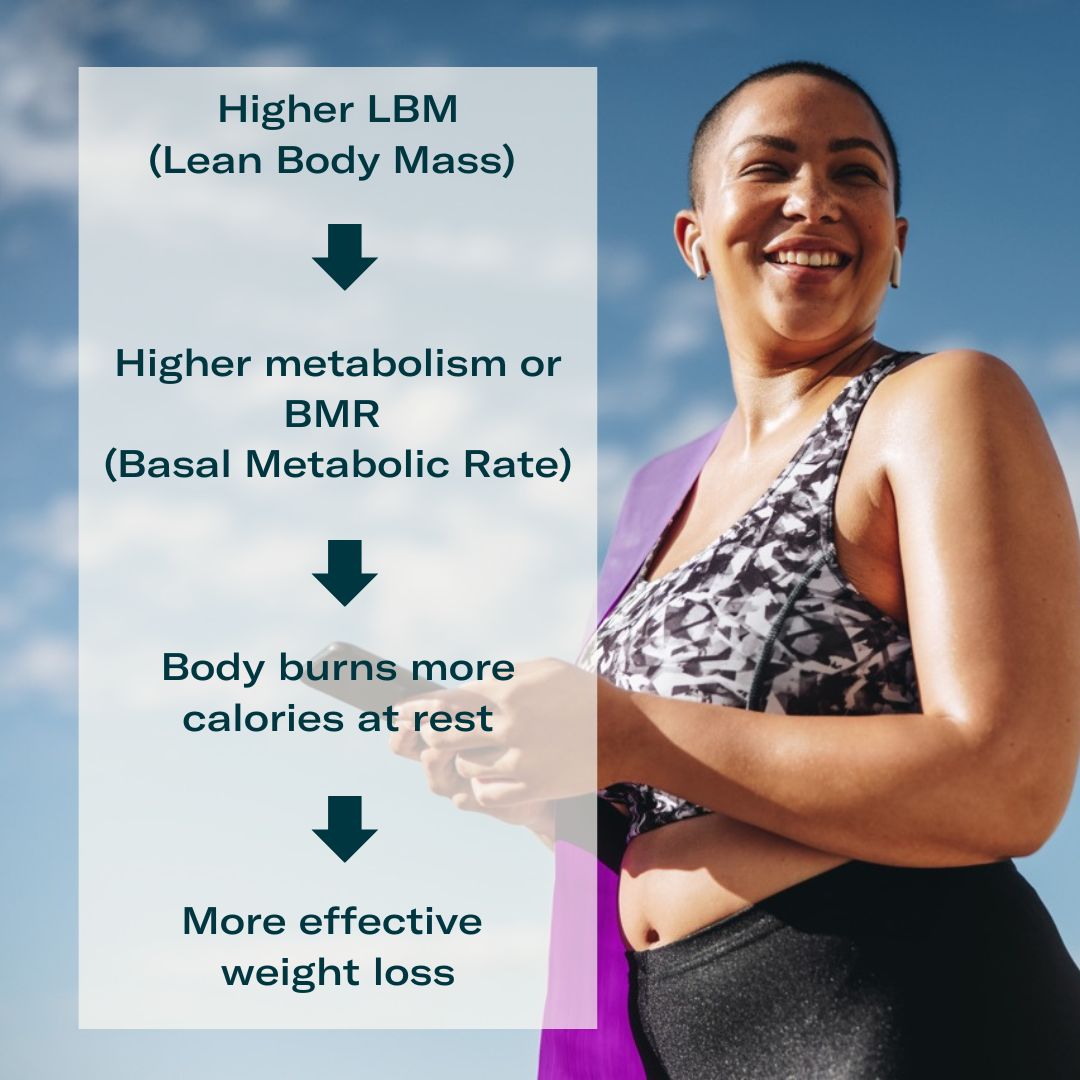
A loss of your lean body mass also results in reduced muscle strength and poorer cardiovascular health2-4, increased fatigue, diminished neuromuscular function, and a higher risk of injury. All of these impact your ability to exercise, making it more challenging to lose weight and significantly increasing the likelihood of weight regain.
Another way in which LBM affects your weight loss is its effects on appetite. A deficit in LBM is thought to drive energy intake5, triggering changes in appetite that could lead to weight regain.
This is why it is crucial to approach weight loss with a strategy that prioritizes the preservation of lean body mass, ensuring that the weight lost primarily comes from fat stores rather than vital muscle and bone tissue.
This is especially important as we get older - aging is associated with progressive loss of skeletal muscle mass and strength, which may further impact your progress.
How can the Allurion Programme help you lose fat while maintaining lean body mass?
The Allurion Programme offers a comprehensive and innovative approach to weight loss, placing a significant emphasis on preserving lean body mass (LBM) while optimizing fat loss.
The programme combines the use of a temporary gastric balloon—the Allurion Balloon— to help you feel full while eating less, and a comprehensive behavioural change programme that includes personalised nutrition coaching and digital monitoring.

As the balloon kickstarts your weight loss, the Allurion approach integrates two proven tactics: adequate protein intake and resistance-type exercise training. These tactics are not only effective individually but, when combined with the Allurion Balloon, they create a powerful synergy that drives fat loss while safeguarding your LBM.

Another unique aspect of the Allurion Programme is our use of digital tools to support patients on their weight loss journey. The Allurion App and Connected Scale are instrumental in helping you monitor your body composition, and following changes in your muscle and fat mass. Moreover, your care team has real-time access to your health data. That empowers them to adapt the programme to your individual progress, offering more tailored support and ensuring they’re on hand when you need them the most.
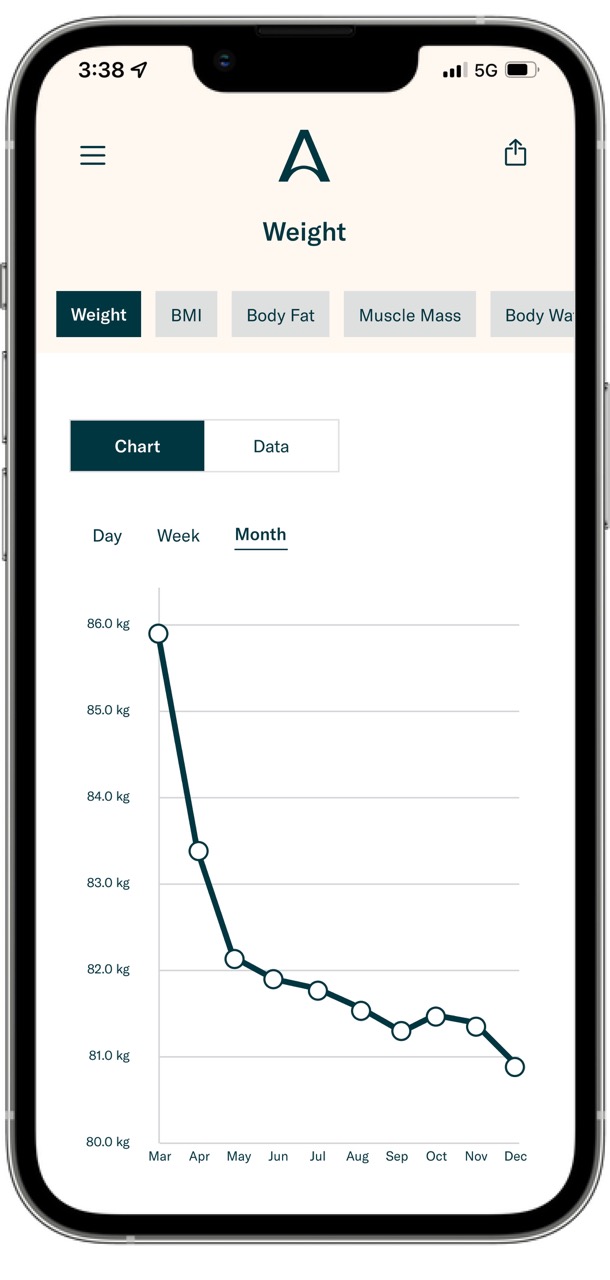
These Allurion tools are essential for ensuring that you are losing fat while preserving your LBM, allowing for effective weight loss and most importantly, setting you up for long-term weight loss.
With the Allurion Programme, you will gain a clear understanding of how your body is responding to the weight loss strategy, allowing for necessary adjustments to be made to optimize results.
Can I maintain muscle while losing fat?
Yes, it’s possible to maintain the proportion of lean body mass in your body while losing fat by incorporating a combination of adequate protein intake and resistance training into your weight loss plan. However, people usually see reductions in both lean body mass and fat mass on a weight loss journey, the key is to aim for as much of your weight loss from fat mass as possible. Individual factors including age, genetics and inital body composition can influence this.
Resistance Training:
When you’re on a journey to shed those extra pounds, physical activity is key to preserving your lean body mass7 – and resistance or strength training exercises help you preserve but also build muscle mass, which in turn leads to a higher calorie burn compared to fat.
Strength training, such as bodyweight exercises (examples: squats, lunges and push ups), weightlifting, classes like circuits, strength and crossfit-style as well as resistance band exercises, create tension in the muscles, prompting them to adapt and grow stronger over time.
Moreover, engaging in resistance-type exercises has shown effective results in preventing or even reversing the natural decline in muscle strength associated with aging.8
When incorporating resistance training into your fitness routine, here are some guidelines to help you:

- Aim for at least two to three sessions per week, targeting all major muscle groups
- Include a mix of compound exercises, which work multiple muscle groups at once (squats, deadlifts, bench presses, etc) and isolation exercises, which target specific muscles (bicep curls, tricep extensions, leg curls, and calf raises)
- Progressively increase the weight or resistance you are using over time to continually challenge your muscles and promote growth >> known as progressive overload and a key principle in strength training
- Vary your workout routine every four to six weeks to help prevent plateaus in muscle growth and keep your workouts engaging and effective
- Always prioritize proper form and technique to prevent injuries and maximize the benefits of each exercise.
When you join the Allurion Programme, your clinic team will advise you on a realistic physical activity routine that takes into account your current physical state, your goals and lifestyle. Our aim is to help you kickstart the weight loss and keep it off through long-term behaviour change.
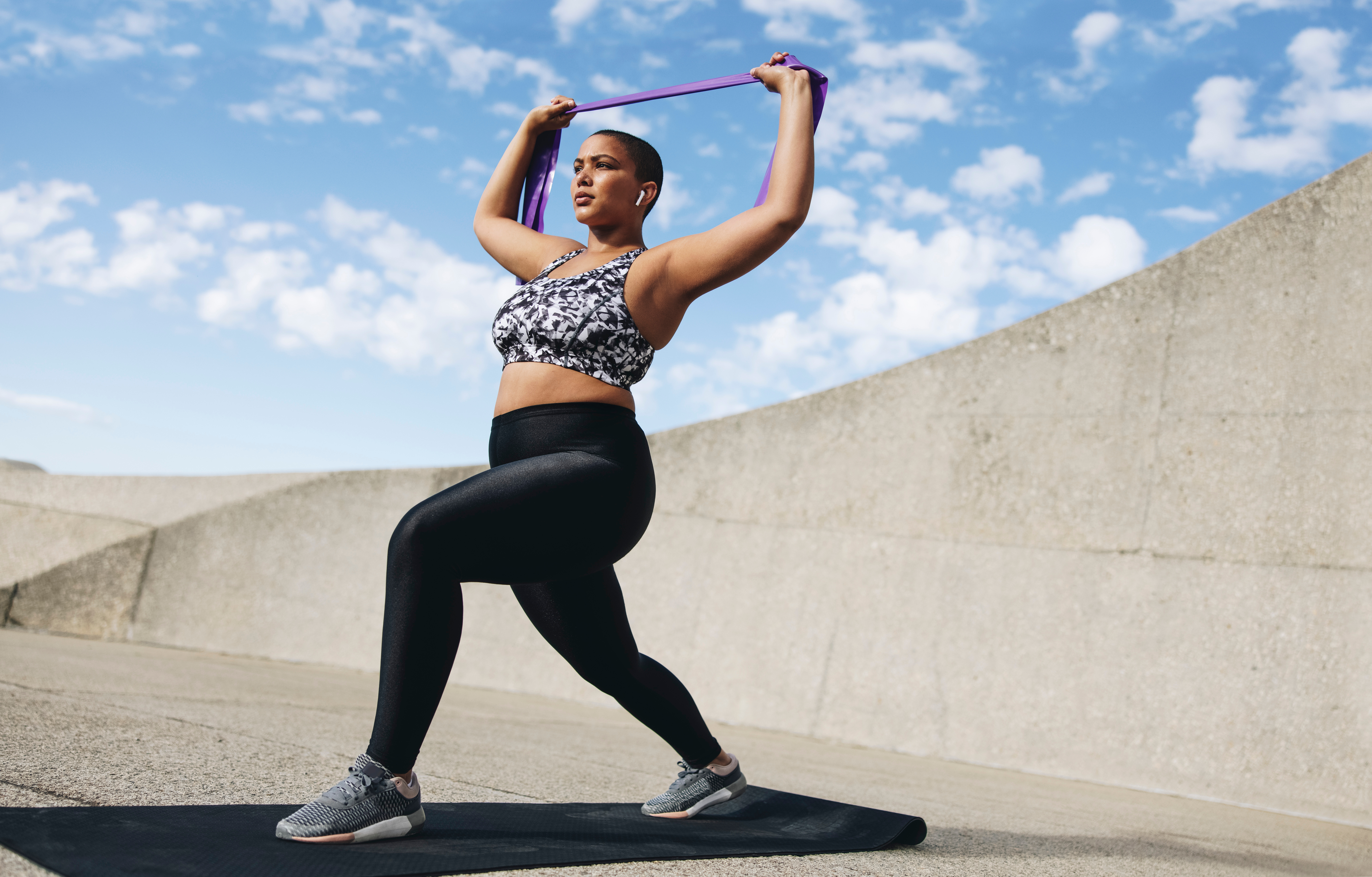
Protein Intake:
Protein plays a vital role in muscle repair and growth. Protein is one of the essential macronutrients in the diet and helps you feel more satisfied (both during and between meals) than other macronutrients.6 Consuming sufficient amounts of protein can help preserve muscle mass while you are in a caloric deficit for weight loss. In fact, increasing your protein intake (at levels exceeding the RDA of 0.8g/protein per kg body weight) have been proven to help preserve lean body mass during weight loss.6 The bottom line is, you’ll need more protein than normal, and while you’re losing weight and adapting the type and volume of your food choices, this means that you need to have high protein meals and snacks every day.
When you join the Allurion Programme, your clinic team will advise you on your specific protein requirements, calculated according to your current body weight, activity levels and goals. Everyone is different in their needs.
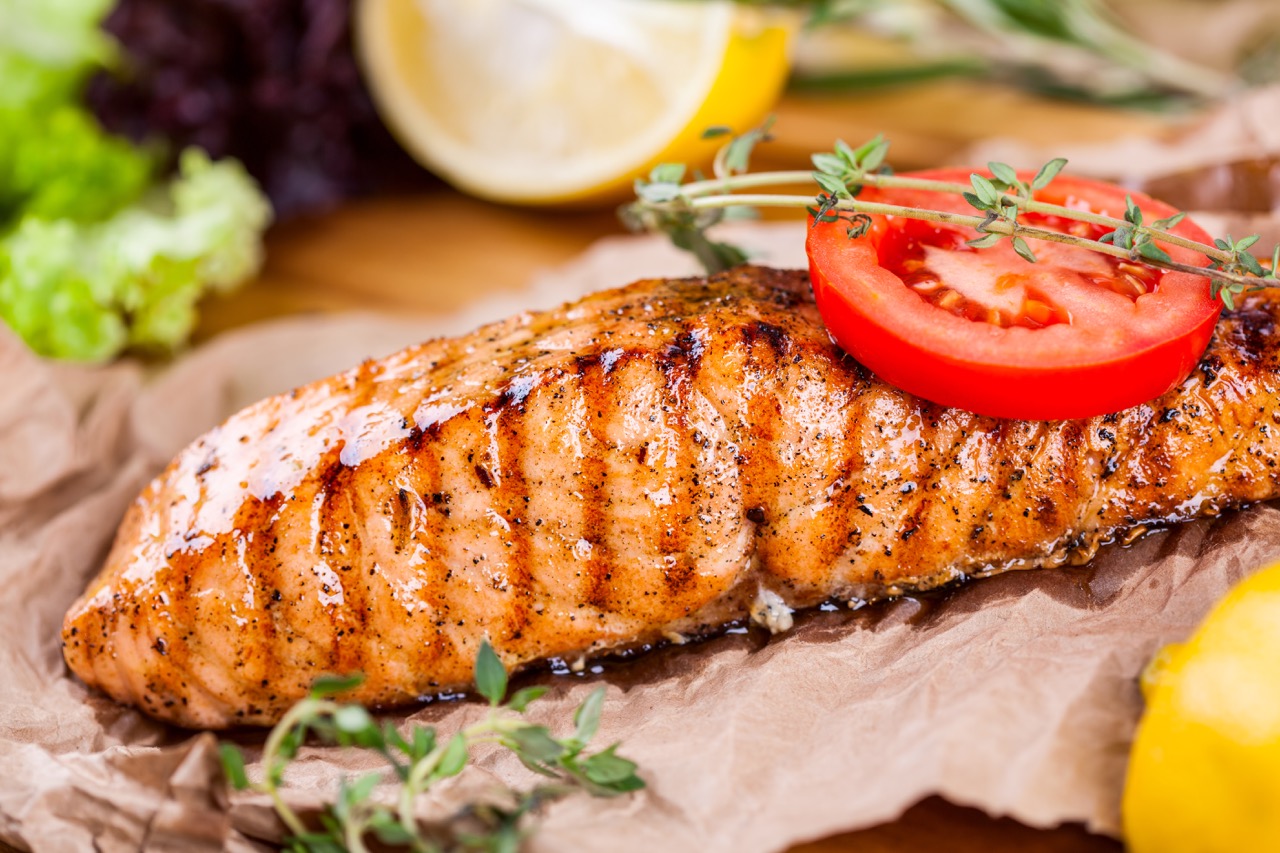
What should I eat to maximize fat loss and maintain muscle?
To lose fat and aim to maintain muscle, it's important to consume a balanced diet that is rich in protein, healthy fats, fruits and vegetables and fibre-rich carbohydrates. Nutritional coaching is an integral part of the Allurion Programme and your nutritionist will work with you on a meal plan that fits your lifestyle and tastes while bringing you all the nutrients you need.
Protein is essential for preserving muscle mass while losing weight. Aim to include high-quality protein sources in each meal and snack, such as lean meats, fish, eggs, dairy, and legumes. Protein is crucial for muscle repair and recovery, and it also helps to keep you feeling full and satisfied.
Healthy fats are important for overall health. Incorporate sources of healthy fats into your diet, such as avocados, nuts, seeds, and oily fish. These foods are not only rich in essential fatty acids but also provide important vitamins and minerals.
Fibre-rich carbohydrates are a key component of a balanced diet and provide the energy your body needs to function. Opt for whole grains, fruits, and vegetables, which are high in fiber and nutrients. Fiber helps to keep you feeling full and supports a healthy digestive system.
Here are some meal examples that combine protein, healthy fats, and fibre-rich carbohydrates to help you lose fat and maintain muscle:
Breakfast:
- Scrambled eggs with spinach and tomatoes, served with a slice of whole-grain toast
- Greek yogurt with mixed berries and a sprinkle of nuts and seeds
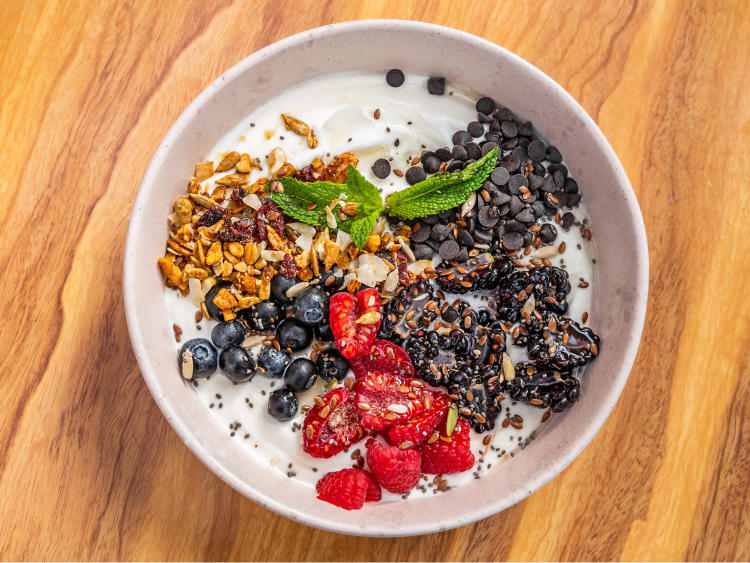
Lunch:
- Grilled chicken salad with mixed greens, avocado, cherry tomatoes, and a vinaigrette dressing
- Quinoa bowl with black beans, roasted vegetables, and a dollop of guacamole
Dinner:
- Baked salmon with a side of steamed broccoli and quinoa
- Stir-fried tofu with mixed vegetables and brown rice
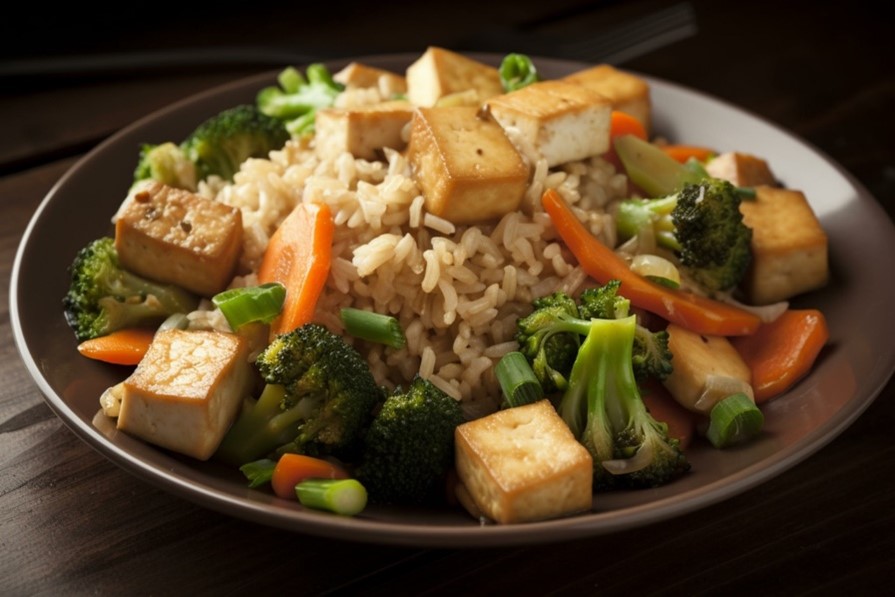
Snacks:
- A small handful of almonds with a piece of fruit.
- Cottage cheese with cut fruit and a sprinkle of nuts.

Conclusion
Yes it is possible to lose fat without losing too much muscle mass, and the Allurion Programme is specifically designed to help you do just that. As the Allurion Balloon kickstarts your weight loss, our approach prioritizes the preservation of lean body mass, ensuring that your journey results in optimal fat loss.
The programme combines essential elements such as adequate protein intake and resistance training with digital tracking tools that allow you and your clinic team to monitor your progress closely. With the Allurion Programme, you are equipped with everything you need to successfully navigate your weight loss journey while maintaining your muscle mass.
Learn more about the Allurion Programme here or check your eligibility using our BMI calculator.
Related articles:
- How To Keep Weight Off After Losing It
- Your Guide to Weight Loss Plateaus – How to Manage and Break Through Them
References:
- 1. Willoughby D, Hewlings S, Kalman D. Body Composition Changes in Weight Loss: Strategies and Supplementation for Maintaining Lean Body Mass, a Brief Review. Nutrients. 2018 Dec 3;10(12):1876. doi: 10.3390/nu10121876. PMID: 30513859; PMCID: PMC6315740
- 2. Tsai, A.; Wadden, T.A. Systematic review: An evaluation of major commercial weight loss programs in the United States. Ann. Intern. Med. 2005, 142, 56–66
- 3. Ravussin, E.; Lillioja, S.; Knowler, W.C.; Christin, L.; Freymond, D.; Abbott, W.G.; Boyce, V.; Howard, B.V.; Bogardus, C. Reduced rate of energy expenditure as a risk factor for body-weight gain. N. Engl. J. Med. 1988, 318, 467–472.
- 4. Dulloo AG, Jacquet J, Miles-Chan JL, Schutz Y. Passive and active roles of fat-free mass in the control of energy intake and body composition regulation. Eur J Clin Nutr. 2017 Mar;71(3):353-357. doi: 10.1038/ejcn.2016.256. Epub 2016 Dec 14. PMID: 27966570.
- 5. Romeijn MM, Holthuijsen DDB, Kolen AM, Janssen L, Schep G, van Dielen FMH, Leclercq WKG. The effect of additional protein on lean body mass preservation in post-bariatric surgery patients: a systematic review. Nutr J. 2021 Mar 14;20(1):27. doi: 10.1186/s12937-021-00688-3. PMID: 33715633; PMCID: PMC7958440.
- 6. Protein, weight management, and satiety, https://pubmed.ncbi.nlm.nih.gov/18469287/
- 7. Romeijn MM, Holthuijsen DDB, Kolen AM, Janssen L, Schep G, van Dielen FMH, Leclercq WKG. The effect of additional protein on lean body mass preservation in post-bariatric surgery patients: a systematic review. Nutr J. 2021 Mar 14;20(1):27. doi: 10.1186/s12937-021-00688-3. PMID: 33715633; PMCID: PMC7958440.
- 8. Naomi M Cermak, Peter T Res, Lisette CPGM de Groot, Wim HM Saris, Luc JC van Loon, Protein supplementation augments the adaptive response of skeletal muscle to resistance-type exercise training: a meta-analysis, The American Journal of Clinical Nutrition, Volume 96, Issue 6, December 2012, Pages 1454–1464

